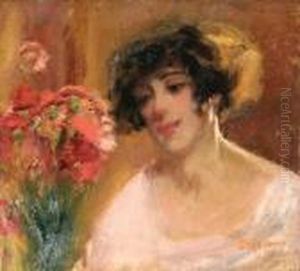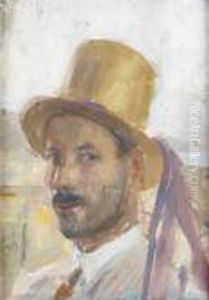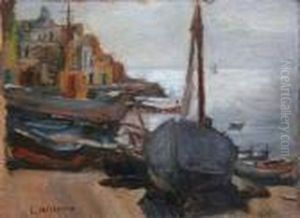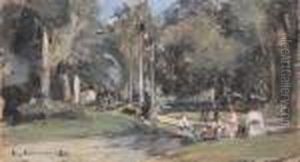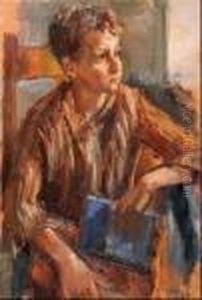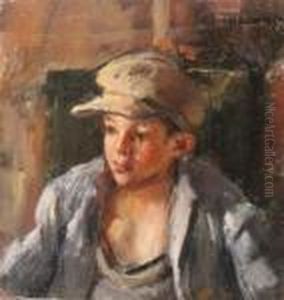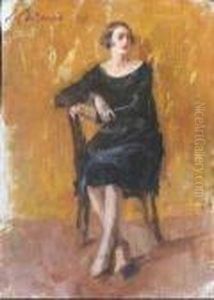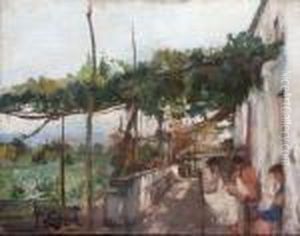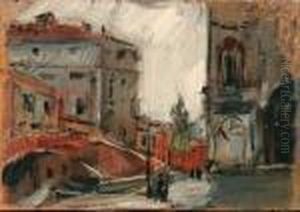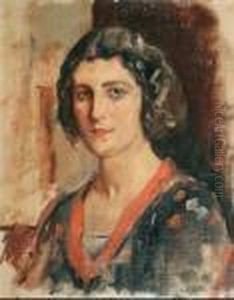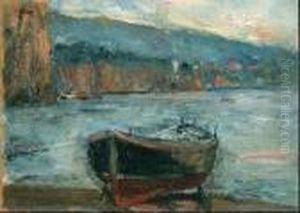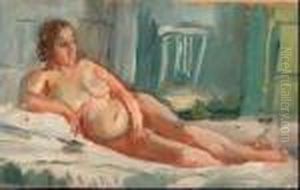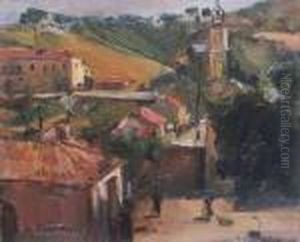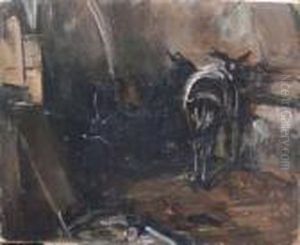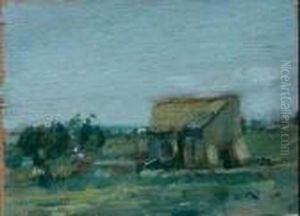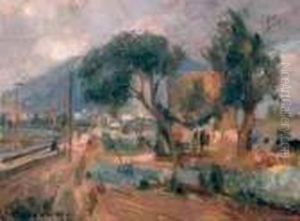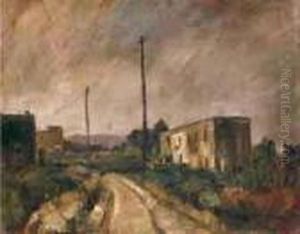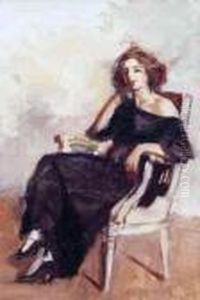Luigi Crisconio Paintings
Luigi Crisconio was an Italian artist known for his contributions to the post-war art scene in Italy. Born in Naples in 1916, Crisconio's early life was steeped in the rich cultural heritage of his hometown, which influenced his artistic style and thematic choices. He studied at the Academy of Fine Arts in Naples, where he was deeply impacted by the works of classical painters, yet he gradually developed a style that embraced modernist influences.
Crisconio's career took a definitive turn post-World War II, when he became involved with a group of artists committed to exploring new artistic expressions. His works from this period are characterized by a dynamic use of color and form, often focusing on themes of human suffering, resilience, and the complexities of urban life.
During the 1950s and 1960s, Crisconio gained recognition beyond Italy, exhibiting in galleries across Europe and America. His canvases from this period show a transition towards abstract expressionism, though he never fully abandoned the figurative motifs of his earlier works. Luigi Crisconio's contributions to Italian art were not limited to his painting; he was also a respected teacher at his alma mater, influencing a new generation of Italian artists.
Luigi Crisconio passed away in 1984 in his native Naples. His legacy is preserved in numerous public and private collections, reflecting his enduring impact on the 20th-century art world.



